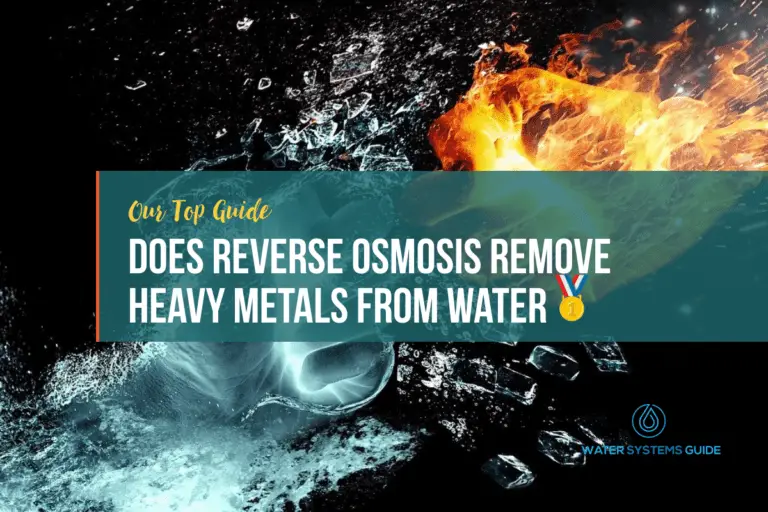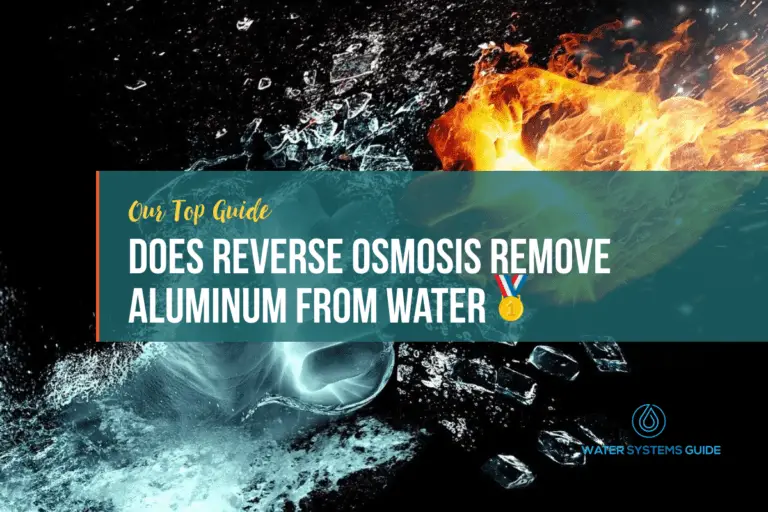Does Reverse Osmosis Remove Uranium From Drinking Water
How Does Reverse Osmosis Work?
What is Uranium and where is it used?
Uranium is a radioactive chemical element with the symbol U and atomic number 92. It is a silvery-grey metal in the actinide series of elements. A uranium atom has 92 protons and 142 neutrons in its nucleus, giving it an atomic mass of 238.
Uranium is used as fuel for nuclear reactors and as a component of nuclear weapons. It is also used for X-ray targets in radiotherapy, as a shielding material, and in some light bulb filaments.
How does uranium get into our municipal water
Uranium is a radioactive element that can be found in small amounts in many rocks and soils. It can also be found in some groundwater.
Uranium can enter municipal water supplies through the process of leaching, where water seeps through uranium-containing rocks and dissolves the uranium into the water. Once in the water, uranium can remain suspended for long periods of time or it can settle to the bottom of reservoirs, where it can be drawn into municipal water supplies.
Uranium’s Effect on Human Health
Uranium is a naturally-occurring element found in rocks and soil. When refined, it is used in nuclear power plants and weapons.
Uranium exposure can damage the kidney, liver, and brain, and cause cancer. It is important to limit exposure to uranium, especially for children and pregnant women.
There is no safe level of uranium exposure for humans, and even small amounts can cause severe health problems. The Chernobyl disaster was a clear example of how devastating the effects of high levels of uranium exposure on humans.
With that being said, we can understand why you’d want to remove it from the water that you drink or consume.
Does Reverse Osmosis Remove Uranium?
Reverse osmosis is a process that is used to remove impurities from water. It works by using a semi-permeable membrane to separate the clean water from the contaminated water. The contaminated water is then flushed away, leaving the clean water behind.
Uranium is a type of impurity that can be removed using reverse osmosis. This is because the uranium molecules are larger than the pores in the semi-permeable membrane. This means that they will be trapped on the side of the membrane that contains the contaminated water, while the clean water will pass through to the other side.
A RO water system is effective at removing up to 90% of Uranium in water, making it the perfect solution for uranium reduction.
According to the Connecticut Department Of Health, “Point-of-use (POU) water treatment devices treat water at just one faucet. They differ from point-of-entry (POE), or whole house devices, which are installed on the water line and treat all the water that enters the home.”
Therefore, it’s advisable that a whole-house reverse osmosis system be used, instead of an under-sink RO unit, particularly.
What Else Does Reverse Osmosis Remove?
Reverse osmosis also removes other contaminants from water, including fluoride, chloride, calcium, arsenic, chloramine, heavy metals, pesticides, and pharmaceuticals.
Unfortunately, RO does remove healthy minerals in water, such as magnesium, sodium, potassium, and calcium
While most municipal water supplies in the United States are required to meet strict safety standards set by the Environmental Protection Agency (EPA), trace amounts of these and other contaminants can still end up in tap water. That’s why many people use reverse osmosis systems to further purify their drinking water.
How Else Can I Remove Uranium from My Water Supply?
There are a few other ways to remove uranium from your water supply, but they are not as effective as reverse osmosis. Some of these methods include:
– Ion exchange: This method is often used in water softeners, and it involves exchanging ions in the water with ions from a resin. This can remove some of the uranium.
– Distillation: This method involves boiling the water and then condensing the steam back into water. This can remove some of the uranium.
– Activated carbon filters: These filters can remove some of the uranium.
Conclusion
In conclusion, does reverse osmosis remove uranium? Yes, it does. Accordingly, to the reputable studies which we linked above, reverse osmosis is an effective way to remove anywhere from ~90% of uranium from water. It is also a safe and affordable method of water filtration, filtering many harmful water contaminants including bacteria and virus’.







